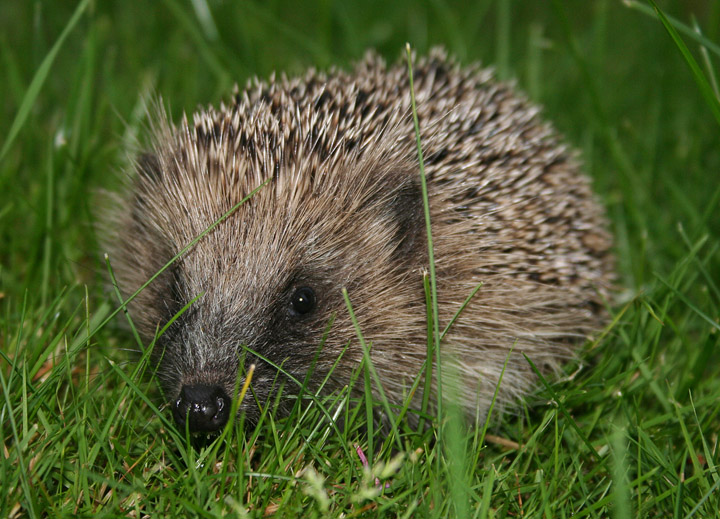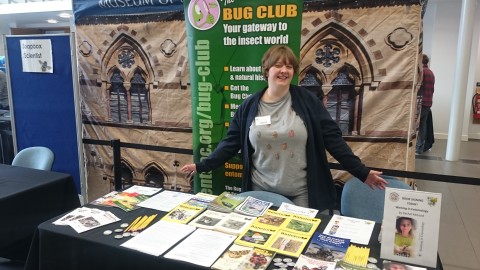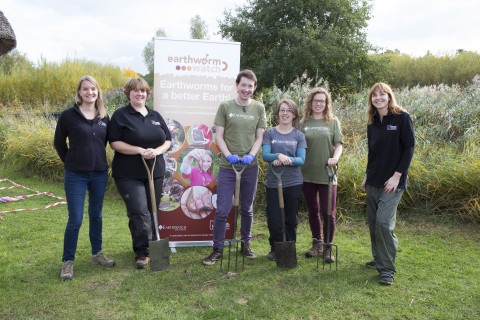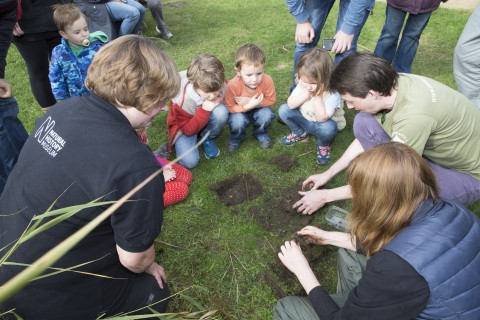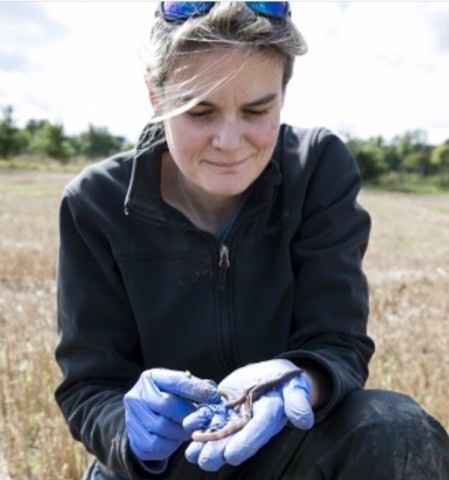Our gardens and other urban green areas have become hugely important for nature conservation. These green spaces can provide crucial habitat and a source of food for birds, pollinators, and small mammals. Although we often focus our efforts on the wildlife we can most readily see – such as birds and butterflies - considering what lives below the surface of our lawns and flower borders is just as important. Earthworms are one such animal living mostly out of sight, busy burrowing unnoticed through the soils in our gardens, that deserve our attention. Earthworms may appear to lack the beauty or charisma of more familiar animals, but their contribution to healthy ecosystems, including our gardens is significant. For example, they support the growth of our garden plants and vegetables (by increasing the amount of air and water in the soil and by breaking down organic matter which acts as fertilizer), and they are an important source of food for creatures such as hedgehogs, foxes, moles, many birds, and amphibians.
By contributing your time to Earthworm Watch, you are helping us to investigate how the way we manage our gardens, allotments and school grounds is affecting the enigmatic earthworm. For example, your efforts will help us find out which habitats support the most earthworms and the healthiest soils. So far, the highest number of earthworms found in one soil pit is 30! These earthworms were discovered by Emma in a lawn near Northampton. How many earthworms will you find in your green space, and where will you find the most? Lawn? Flower border? Vegetable patch? Is your garden a hotspot for earthworms, or is it struggling to provide a home for this critical creature? Your data will help us to understand how we can better manage our gardens (and other green spaces) to support the humble earthworm and in turn healthier soils. We will circulate the results of the study as we publish them, but in the meantime we will provide updates over the Earthworm Watch website, email, Facebook and Twitter.
So let us not forget this small but significant creature – earthworms may be out of sight but are vital to the productivity and health of our cherished green spaces. It is important that we understand how best to conserve them.

